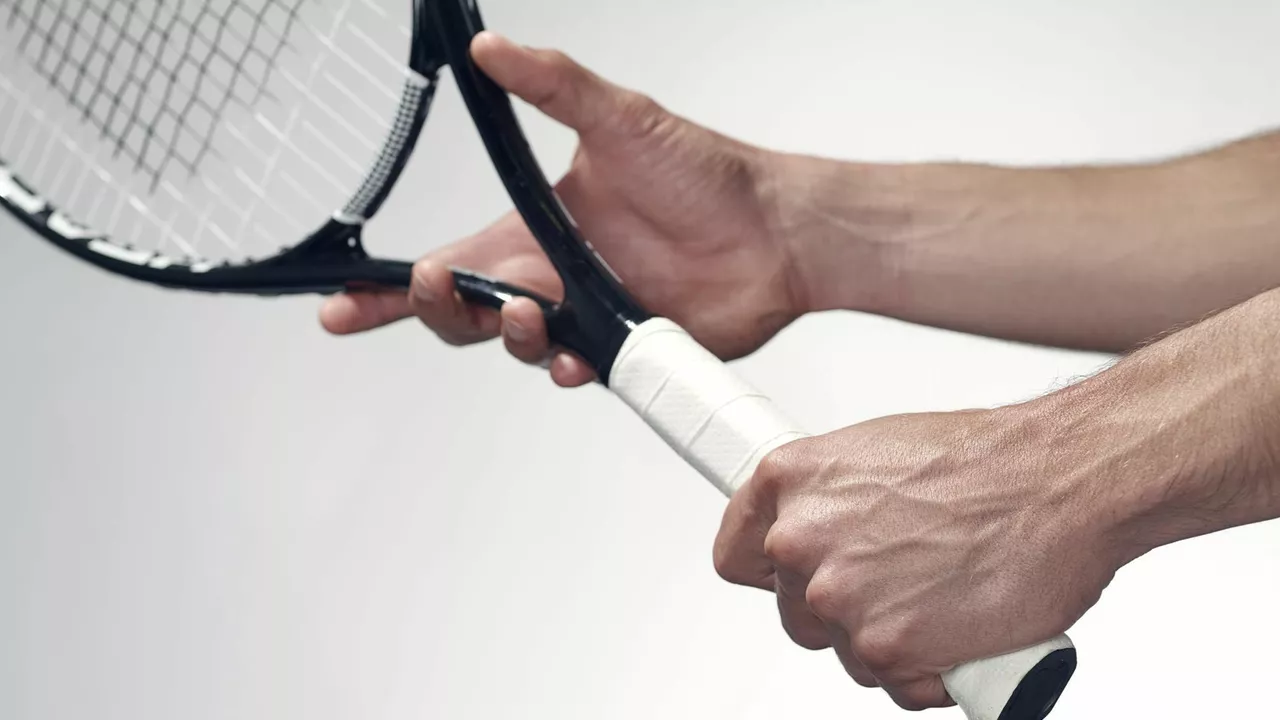Choosing the Right Tennis Racket
Picking a tennis racket can feel like shopping for a new car – there are tons of options and a lot of tech talk. The good news? You don’t need an engineering degree to get the right one. In this guide, we break down the key factors, show you quick ways to test a racket, and help you walk away confident that you’ve made the right choice for your game.
What matters most when picking a racket
Weight. Light rackets (around 260‑280 g) are easier to swing and great for beginners or players who like quick reactions. Heavier frames (300 g+ ) give more power and stability, but they demand a stronger swing. If you’re unsure, start with a mid‑weight model and see how it feels.
Balance. A head‑heavy racket adds plow‑through on groundstrokes, while a head‑light one makes maneuvering at the net smoother. Look for the label “even” if you want a neutral feel – it’s the sweet spot for most recreational players.
Head size. Bigger heads (100‑110 sq in) give a larger sweet spot, forgiving off‑center hits. Smaller heads (95‑98 sq in) provide more control and a tighter feel. If you’re just starting, a 100 sq in frame is a safe bet.
Stiffness. Stiff rackets snap back faster, translating into more power, but they can be harsher on the arm. Flexible frames dampen vibrations and are kinder to your elbow – a good option if you’ve dealt with tennis elbow before.
String pattern. Open patterns (16×19) spin more easily, while dense patterns (18×20) give durability and control. Your string tension also plays a role: tighter strings (58‑60 lb) feel crisper, looser strings (52‑55 lb) add spin.
How to test a racket before you buy
Most shops let you swing a demo racket. Take advantage of it. Grab the racket, stand in your natural stance, and hit a few forehands and backhands. Notice if the weight feels natural and if the balance lets you reach comfortably for low balls.
Next, try a quick serve practice. A too‑light racket may feel like you’re flinging a feather, while a too‑heavy one can sap your energy fast. You want a racket that feels like an extension of your arm, not a weight you’re fighting against.
If you can, ask a friend to feed you balls on a court. Pay attention to how the racket reacts on off‑center hits – a good sweet spot will still give you decent control without a harsh jolt.
Don’t forget the sound. A solid ‘pop’ on impact usually means the racket has good feedback. A dull thud can indicate a frame that’s too flexible for power players.
Finally, consider the brand’s warranty and return policy. A 30‑day return window gives you a chance to test the racket on real matches and decide if it truly fits.
Choosing a racket isn’t a one‑size‑fits‑all decision, but focusing on weight, balance, head size, stiffness, and string pattern narrows the field quickly. Take a demo, feel the swing, and you’ll know within a few minutes whether it’s right for you. Happy hunting, and enjoy the extra confidence that comes with a racket that matches your style!
Choosing the best tennis racket for your style and ability can significantly improve your game. It's not about the brand, but about understanding your playing level, physical strength, and personal preference. You need to consider factors like the racket's weight, head size, and grip size. It's also crucial to understand the differences between power rackets and control rackets. Always try a few rackets before making your final decision to ensure it feels right in your hand and complements your game.
Continue reading...



